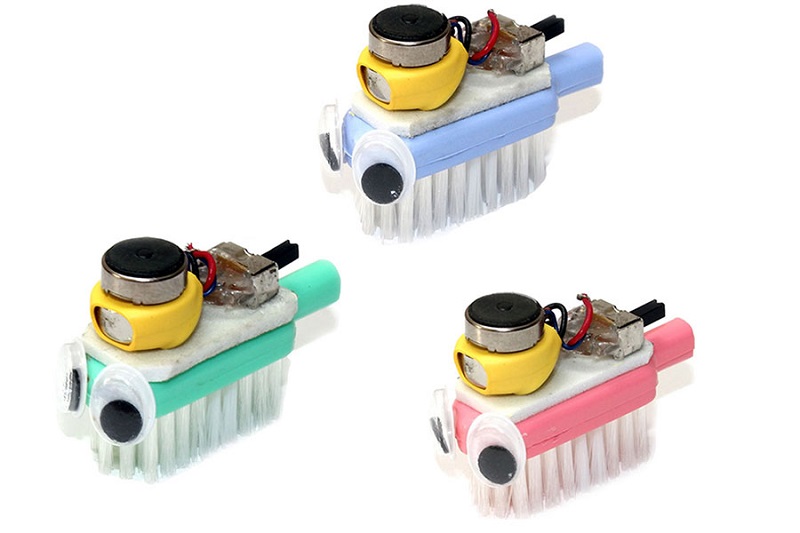Electric toothbrushes have an internal toothbrush coreless motor that begins to spin when the toothbrush is switched to the 'on' position. The gear inside converts this spinning into an upward/downward motion, and the brush moves as well. This motion, of course, mimics the brushing of teeth with a manual toothbrush. Electric toothbrushes with 8mm mini dc motor can be extremely effective for cleaning teeth, especially for those with braces or painful hand and wrist conditions. An electric toothbrush works by vibrating and oscillating. The motion is usually caused by an electric charge produced by a small battery in the toothbrush.

Some electric toothbrushes work by inductive charging, which is when two parts of a transformer inside the brush are brought together and a small magnetic field creates an electric current to charge the battery. Other electric toothbrushes are operated by replaceable or rechargeable batteries. The electronic components of the toothbrushes must be sealed to prevent water from coming in, which would damage the electronic parts and render the product unusable. Electric toothbrushes, because they must remain waterproof, are often charged through a charging unit containing electronic components that hold and control an electric charge by electronic component such as capacitors and resistors. Electric toothbrushes with 3v coin type motor typically use pressure sensors as well as timer devices that are set typically at two minutes, which is the time the American Dental Association recommends is best for brushing.
If you really want ultrasonic cleaning, you need an ultrasonic toothbrush that vibrates about 100–1000 times faster than conventional rotating or sonic toothbrushes to produce a genuine cavitational cleaning effect. Ultrasonic brushes work in a quite different way from rotating and sonic toothbrushes: they have no dc 3.0v vibrator motor inside.
Post time: Sep-07-2018







